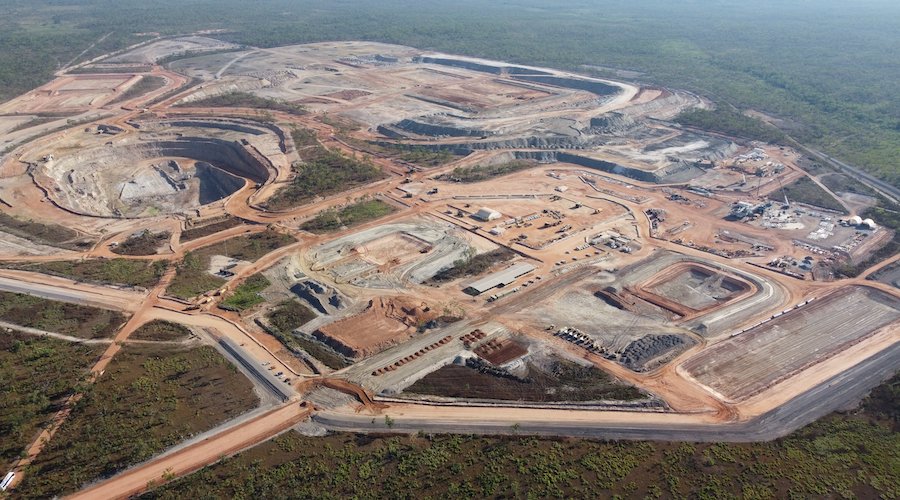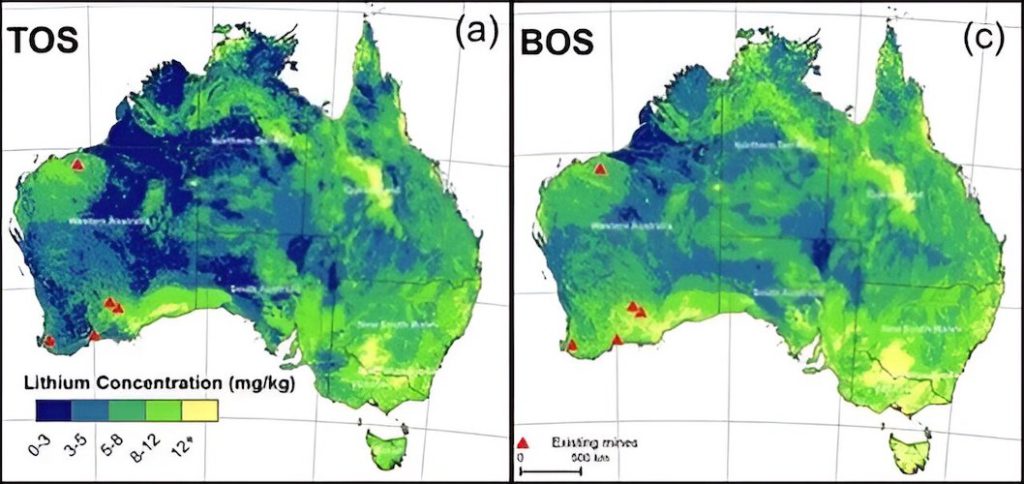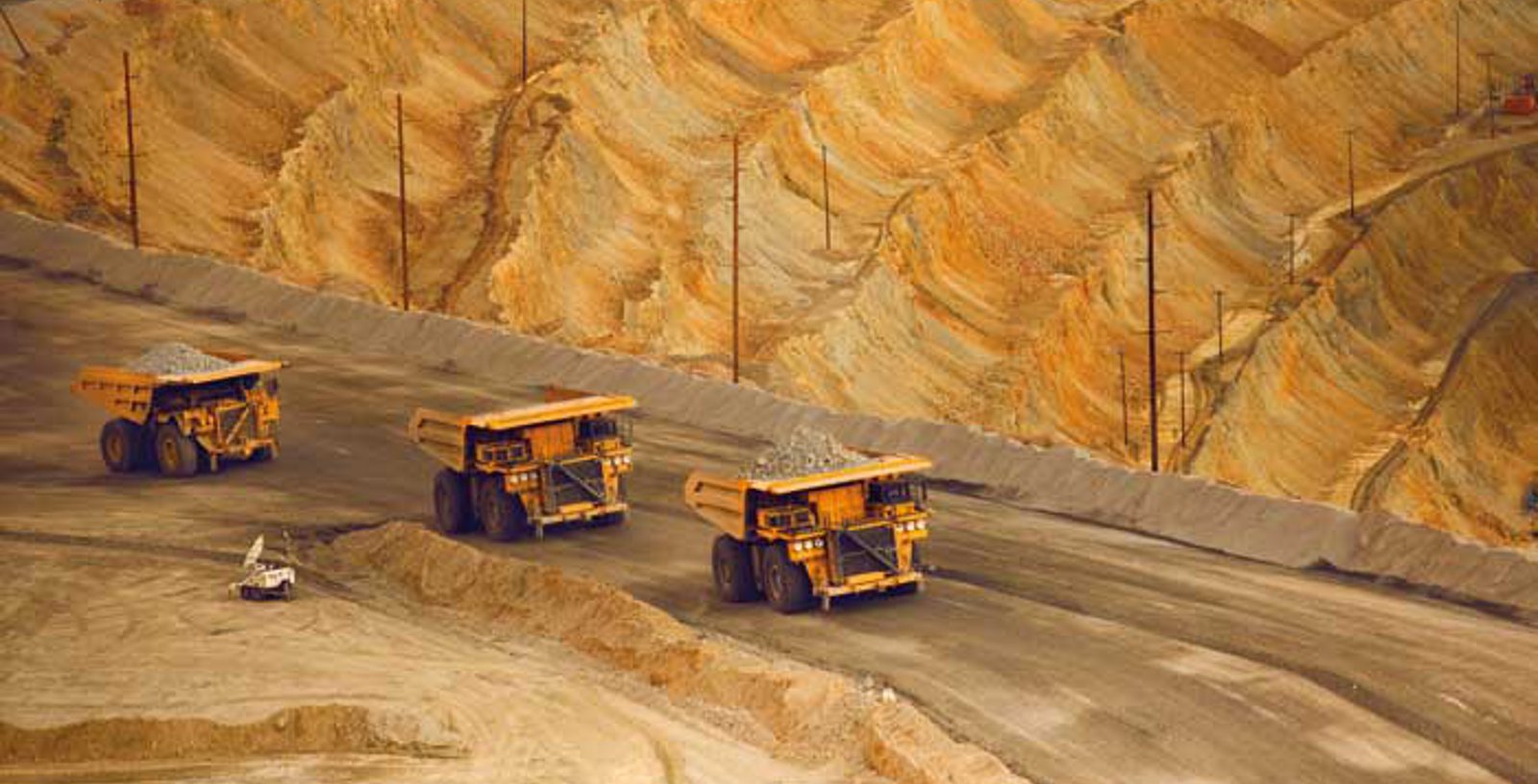New map shows Australia’s lithium potential goes beyond WA

Although Australia’s lithium exploration has predominantly centred in Western Australia, new research indicates the potential of other regions, including Queensland, New South Wales and Victoria, that display elevated predicted lithium densities.
In a paper published in the journal Earth System Science Data, researchers at the University of Sydney and Geoscience Australia developed the first map of lithium in Australian soils, identifying areas with elevated concentrations.
“Our research not only opens up new possibilities for Australia’s lithium industry but could also advance our path towards a low-carbon economy, a critical step in curbing greenhouse gas emissions,” lead author Wartini Ng said in a media statement.
Using digital soil mapping techniques to combine data from recent geochemical surveys and environmental covariates that affect soil formation and gauge extractable lithium content present in soil samples, Ng and his colleagues noted that the highest lithium concentrations are found near the Mount Marion deposit of Western Australia, with elevated concentrations across the central western region of Queensland, southern New South Wales and parts of Victoria.
In their view, the research paints a comprehensive overview of lithium distribution across the continent, which is influenced by a variety of environmental factors including climate, geology and vegetation.
Currently, Australia’s ranking for economic resources of lithium is second, but it ranks first for its production with potential for additional discoveries.

{{ commodity.name }}
{{ post.title }}
{{ post.date }}

Comments